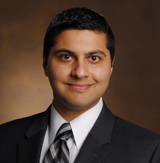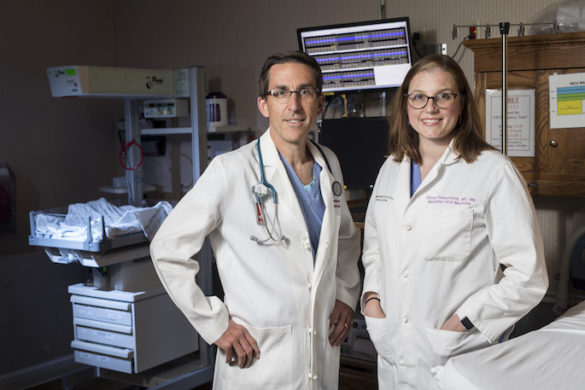“Doctor shopping,” or going to multiple doctors for narcotic prescriptions, is prevalent among more than 20 percent of orthopaedic trauma patients, according to a Vanderbilt study released at the American Academy of Orthopaedic Surgeons (AAOS) meeting in New Orleans.
The study, which included 151 adult patients admitted to Vanderbilt for isolated fractures from January 2011 to December 2011, used Tennessee’s Controlled Substance Monitoring Database (CSMD) to compare patients with a single narcotic provider to those found to have multiple narcotic providers.
Patients who did “doctor shop” received, on average, more prescriptions (seven) and took more medication daily for a longer duration (110 days) compared with patients with a single provider, who averaged two prescriptions with a lower daily amount for a total of 28 days.

“I knew it would be a significant number but I didn’t realize it would be one out of every five patients who walked into my office was also getting narcotics from somewhere else,” said senior author Hassan Mir, M.D., assistant professor of Orthopaedics and Rehabilitation in the Division of Orthopaedic Trauma.
“Our intent is to control their pain. I tell all of my patients, ‘I don’t want you to hurt, I want to control your pain. I just want to do it in a responsible way where you don’t become addicted or don’t have so much of this medication laying around that it may fall into the wrong hands.’”
Mir said he was not totally surprised at the study results, considering that Americans comprise less than 5 percent of the world’s population yet consume 99 percent of the global hydrocodone supply and 80 percent of the global opioid supply.
Prescription narcotic overdose deaths in the United States have tripled over the past decade, he added.
He also doesn’t think the majority of patients using multiple doctors were seeking other providers because their pain wasn’t controlled.
“I don’t necessarily think that is the case because, when you look internationally at how many narcotics are used, we use far more narcotics than any other nation on earth and I don’t think people in different countries hurt less than we hurt,” he said.
“I think that we somehow have to start to manage expectations a little bit better. I have done international work where people are happy with a Tylenol, versus here wheere they need high-dosed narcotics — and it just doesn’t add up for the same injury. “
Patients in the study with less than a high school education were 3.2 times more likely to seek multiple providers and patients with a history of preoperative narcotic use were 4.5 times more likely to seek multiple providers.
“We wanted to find out exactly how many patients are getting narcotics from multiple spots because, now, part of the requirement is that we look in the database before we give them prescriptions.
“This has led to some uncomfortable conversations where we have had to confront patients and try to resolve the problem,” he said.
Mir conducted the study with lead author Brent Morris, M.D., Justin Zumsteg, M.D., Kristin Archer, Ph.D., and Brian Cash.















